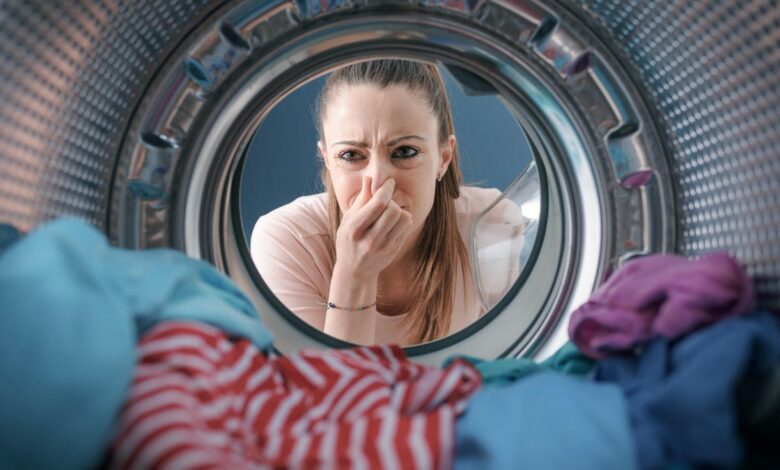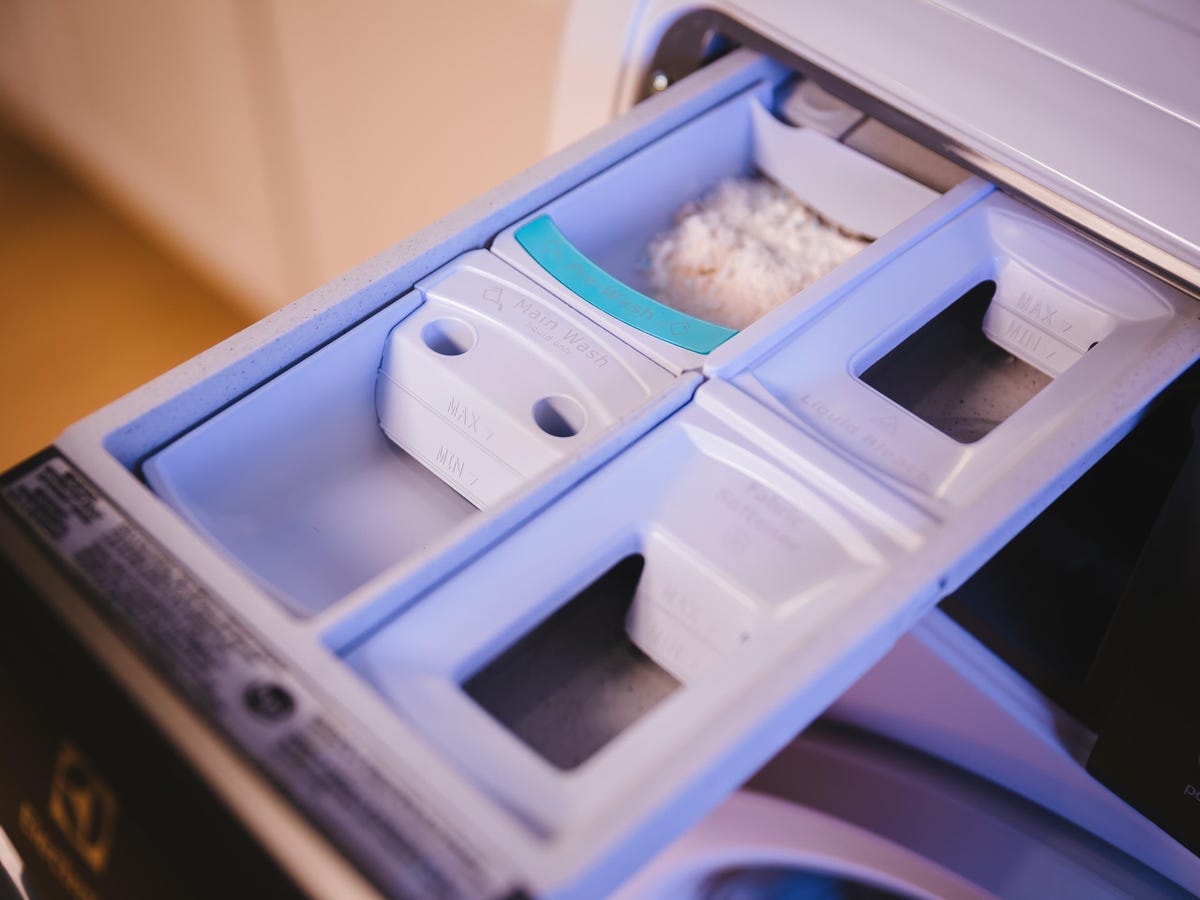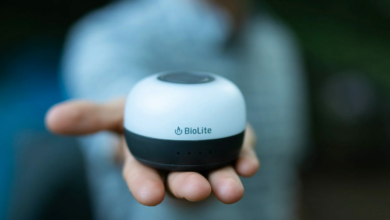Beat Sticky Summer Humidity: How to Remove Mold from Your Washing Machine



Laundry should smell fresh, not like a pair of old, wet sneakers. If that’s what you smell when you open the lid of your washing machine, you may have mold or mildew growing inside. Don’t panic. It’s a relatively easy problem to fix, even if it seems like a lost cause during the sticky, humid days of summer. It’s true that mold can thrive in warm temperatures, but you can solve it in no time. It takes a little elbow grease and you have to remember to air out your washing machine between washes. But if you’re persistent enough, your washing machine will be smelling great again in no time.
We’ll explain what you need to know about killing bacteria in your washing machine and getting rid of those awful smells. For more cleaning advice, read how to get pet stains out of carpets , how to remove makeup stains from your bedding , and how to clean your mattress .
The best way to remove a bad smell from your washing machine
If you have mold in your washing machine, here’s how to get rid of it. Doing this monthly will prevent mold growth.

1Put on gloves and grab an old towel that you no longer need.
2. Mix a solution of bleach and hot water or vinegar and hot water.Never mix bleach and vinegar –it creates poisonous chlorine gas.)
3. Dip the towel in the mixture and begin scrubbing away any visible mold, making sure to get the detergent dispenser and gaskets as well.
4. Front-loading machines have a gasket around the door. If you have a front-loader, clean and dry it thoroughly, including all creases. Be careful not to tear the gasket.
5. Run the wash cycle on the hottest setting your machine offers with a cup of bleach or vinegar. If you are using bleach, pour it into the compartment provided. If you are using vinegar, pour it into the detergent compartment.
If your machine has a self-cleaning cycle, you can use that setting. This should kill any hidden mold that you may have missed.
6. Use another old towel and wipe all the moisture out of your washing machine. This includes the drum, dispensers, seals and any other areas you can reach.
7Leave the washing machine door open to allow the air to dry any parts you missed.
Leave the lid open when not washing clothes
Mold grows in dark, damp places, and that’s what your washing machine becomes after you unpack your clothes. Whether it’s a top-loader or a front-loader, leaving the lid closed traps moisture, which can lead to bacteria and bad odor.
Leaving the washing machine door open ventilates the room and prevents mold from forming.
Should You Hand Wash Your Clothes? Here’s How to Do It Right
View all photosRemove wet clothing immediately
Damp clothing is another breeding ground for mold. When you throw a load of laundry in the washer, make sure you’re home to take the clothes out as soon as the timer goes off. Not only will this prevent mold from growing in your washer, it will also keep your clean clothes, bedding, and towels free from mildew.
Dry damp seals and other parts after each use
After you’re done using your washing machine for the day, you should wipe down all of the damp parts of the washing machine. This includes the lid, drum, door, rubber gaskets, and detergent dispenser (if your machine has that feature).
Keep an old towel handy for this.
Make sure to dry the seals, along with the rest of your washer, to prevent moisture from building up. And while mold contamination can can happen in any washing machine, it is especially common in high efficiency (HE) front load washing machines. Therefore, you should regularly wash and dry the gaskets and seals around the door. The gaskets prevent water from leaking around the door and they also hold moisture well, which can cause mold to grow.
Also immediately remove any animal hair, crumpled paper and other dirt from the machine.

If you have a high efficiency (HE) washing machine, use a detergent powder specifically designed for HE machines.
If you have a high-efficiency washing machine
Liquid detergents can leave a residue in your washing machine, which creates a food source for mold. So if you have a high-efficiency washer, the first thing you should do to control mold is to make sure you are using a detergent that is specifically made for this type of washer, which produces less suds. (Look for the letters HE (on the bottle.)
Better yet, stay away from liquid detergent altogether and switch to powder detergent or pods. Whatever you choose, make sure you only use as much as you need to wash your clothes. Using too much can leave your clothes smelly and leave behind residue.
After you’ve cleaned your washing machine, it’s time to move on to the rest of your home. Start with the bathroom: here’s a simple one-hour hack for it Removing dirt from your shower head And how to unclog a clogged toilet without a plunger.



